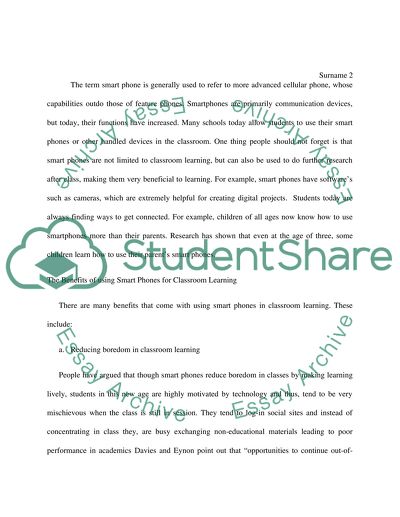Cite this document
(“Do Smartphones Benefit Classroom Learning or Not Essay”, n.d.)
Retrieved de https://studentshare.org/english/1483224-do-smartphones-benefit-classroom-learning-or-not
Retrieved de https://studentshare.org/english/1483224-do-smartphones-benefit-classroom-learning-or-not
(Do Smartphones Benefit Classroom Learning or Not Essay)
https://studentshare.org/english/1483224-do-smartphones-benefit-classroom-learning-or-not.
https://studentshare.org/english/1483224-do-smartphones-benefit-classroom-learning-or-not.
“Do Smartphones Benefit Classroom Learning or Not Essay”, n.d. https://studentshare.org/english/1483224-do-smartphones-benefit-classroom-learning-or-not.


